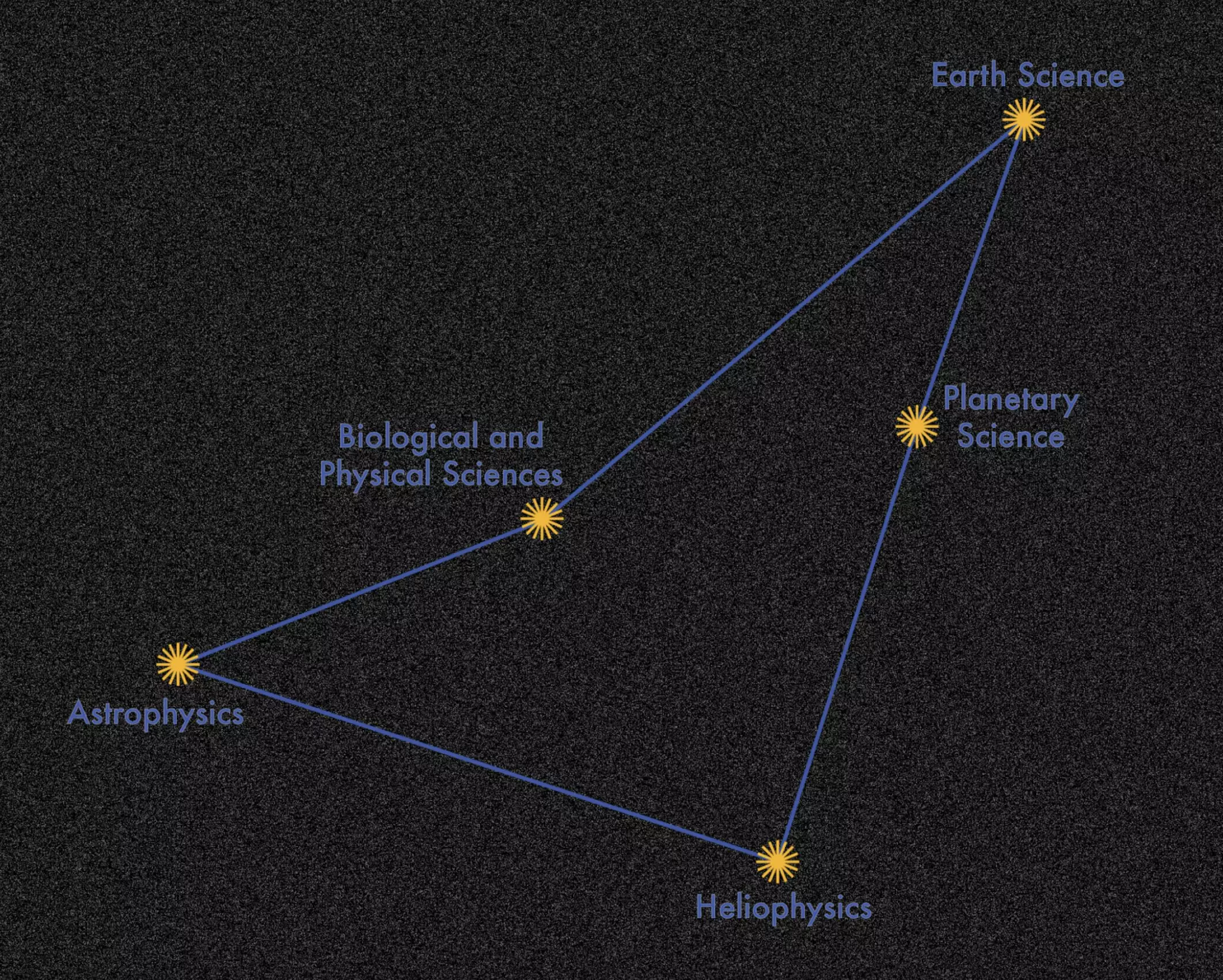In the realm of scientific research, collaborations between private entities and government agencies play a pivotal role in driving innovation. NASA’s Interagency Implementation and Advanced Concepts Team (IMPACT) has leveraged the power of partnerships through Space Act Agreements to propel scientific discovery forward. One such collaboration with International Business Machines (IBM) has manifested in the creation of INDUS, a groundbreaking suite of large language models (LLMs) tailored for diverse scientific domains. This article delves into the transformative impact of NASA’s collaboration with IBM and the implications of the INDUS models on scientific research.
The Birth of INDUS
The genesis of INDUS hinges on the collaboration between NASA’s IMPACT team and IBM, culminating in a suite of large language models catered specifically to domains such as Earth science, biological and physical sciences, heliophysics, planetary sciences, and astrophysics. INDUS comprises two essential components: encoders and sentence transformers. Encoders serve as the bridge between natural language text and numerical coding for LLM processing, trained on a corpus of 60 billion tokens spanning various scientific disciplines. Noteworthy is INDUS’s custom tokenizer, developed by the IMPACT-IBM collaboration, which elevates the recognition of scientific terms, enhancing the models’ performance in domain-specific contexts.
Unleashing the Power of INDUS
By infusing INDUS with domain-specific vocabulary and fine-tuning the models on a plethora of text pairs, including titles/abstracts and question/answer sets, the IMPACT-IBM team achieved unparalleled performance in scientific benchmarks. INDUS excels in tasks such as biomedical question-answering, Earth science entity recognition, and scientific text retrieval, outperforming generic LLMs in domain-specific challenges. The integration of diverse linguistic tasks and retrieval augmented generation empowers INDUS to tackle researcher queries, retrieve pertinent information, and generate accurate responses swiftly.
The versatility of INDUS extends beyond theoretical realms to tangible applications in scientific institutions. Dr. Sylvain Costes from NASA’s Biological and Physical Sciences (BPS) Division highlights the seamless integration of INDUS with the Open Science Data Repository (OSDR) API, paving the way for enhanced search functionalities and streamlined data curation processes. Additionally, the fine-tuning of INDUS at the NASA Goddard Earth Sciences Data and Information Services Center (GES-DISC) demonstrates its efficacy in categorizing publications, optimizing data retrieval for researchers navigating GES-DISC datasets.
NASA’s collaboration with IBM in developing the INDUS models signifies a paradigm shift in scientific research. The amalgamation of cutting-edge technology and domain-specific knowledge enhances researchers’ access to specialized information, catalyzing new discoveries and research avenues. By fostering open access to the INDUS models on platforms like Hugging Face, NASA and IBM uphold their commitment to transparency in artificial intelligence, benefitting the scientific community at large.
The strategic partnership between NASA and IBM has yielded remarkable outcomes in the form of the INDUS suite of large language models. Revolutionizing scientific research by equipping researchers with powerful tools for information retrieval and knowledge extraction, INDUS stands as a testament to the transformative potential of collaborations in the pursuit of knowledge and innovation. As the scientific landscape continues to evolve, the INDUS models serve as a beacon of progress, propelling scientific exploration to unprecedented levels of excellence and efficiency.


Leave a Reply